How a Clerical Error Produced a Medical Breakthrough
Quack. Charlatan. Crazy. Those insults and worse were hurled over the centuries at doctors who defied conventional medical wisdom. Any physician bold enough to buck the Medical 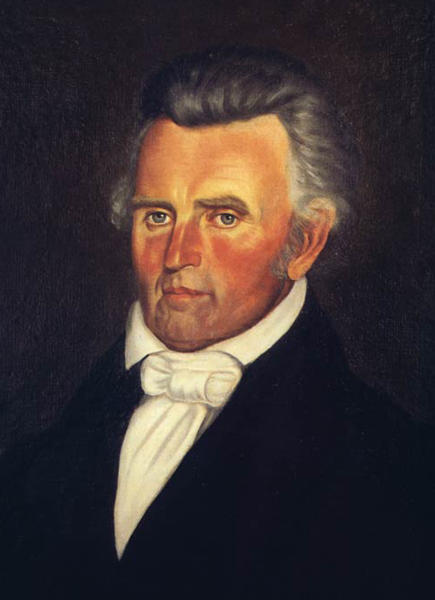 Establishment could expect to feel its fury.
Establishment could expect to feel its fury.
Yet sometimes those same “quacks” were responsible for major scientific advances. Doctor John Sappington was one of them. And because of a misunderstood order, he brought healing to thousands of ailing Americans, many of whom otherwise would have died.
Here’s how it happened.
People were pushing west in the decades before the Civil War, advancing the country’s border in that direction as settlements, then towns, and then new states began appearing. Their paths often followed rivers. In the days before railroads, waterways were like today’s Interstate highways, carrying pioneers and commerce … and something deadly.
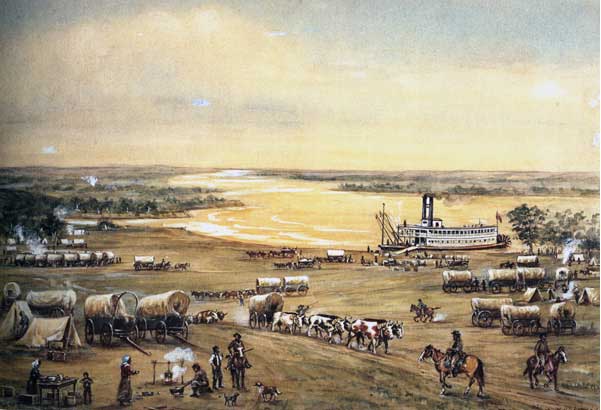 Malaria. The word struck terror in the hearts of antebellum Americans. It was a life-threatening blood disease for which there was no treatment. It produced fever, chills and sweats so severe, sufferers begged death to come and bring relief. And quite a few patients did die. Nobody knew it in the early 1800s, but a simple animal or insect bite (often a mosquito) caused the illness. And once malaria arrived in summertime it spread like wildfire from patient to patient and town to town, dying out only with fall’s frost.
Malaria. The word struck terror in the hearts of antebellum Americans. It was a life-threatening blood disease for which there was no treatment. It produced fever, chills and sweats so severe, sufferers begged death to come and bring relief. And quite a few patients did die. Nobody knew it in the early 1800s, but a simple animal or insect bite (often a mosquito) caused the illness. And once malaria arrived in summertime it spread like wildfire from patient to patient and town to town, dying out only with fall’s frost.
John Sappington was intrigued by the disease and wanted to find a way to treat it. Born in Maryland, he learned medicine from his physician father, then practiced in Tennessee. Eager to put down roots in an unsettled land, he moved his young family across the Mississippi River in 1819, settling in the Missouri Territory hamlet of Arrow Rock. Situated on the banks of the busy Missouri River, it turned out to be Ground Zero for annual malaria outbreaks, the perfect place to study the disease.
“Nobody can treat malaria,” the Medical Establishment scoffed. “You’re a fool. Stop wasting your time.”
But Sappington didn’t stop. He devoured every bit of information he could find about the illness. And something he read in a medical journal particularly caught his eye.
 People in Peru used ground cinchona tree bark to fight the disease. Sappington got his hands on some and experimented. Sure enough, it helped patients recover. But the bark’s medicinal quality varied from sample to sample, making it extremely difficult to get the right dosage.
People in Peru used ground cinchona tree bark to fight the disease. Sappington got his hands on some and experimented. Sure enough, it helped patients recover. But the bark’s medicinal quality varied from sample to sample, making it extremely difficult to get the right dosage.
Something else popped up in another article a few years later. Researchers in France had discovered how to extract quinine from cinchona bark, and a Philadelphia chemist had just opened a factory to produce it. This was the break Sappington had been waiting for. With pure quinine, he could manufacture reliable pills.
The timing was perfect, because Sappington’s son happened to be heading east just then to attend school. Sappington asked him to bring back 100 ounces of quinine with him when the academic year ended the next spring.
And the son did. But somewhere along the line, someone made a big mistake. The boy didn’t bring 100 ounces as requested; he showed up with 100 pounds of quinine!
 Once the initial shock wore off, Sappington jumped into action. With so much quinine on his hands, he needed all the help he could get. So his wife, kids and the household servants all pitched in to make and box Dr. Sappington’s Anti-Fever Pills. They sold for $1 per dozen … pricey for the 1840s, but still within reach of most families that needed them.
Once the initial shock wore off, Sappington jumped into action. With so much quinine on his hands, he needed all the help he could get. So his wife, kids and the household servants all pitched in to make and box Dr. Sappington’s Anti-Fever Pills. They sold for $1 per dozen … pricey for the 1840s, but still within reach of most families that needed them.
And they worked. People told their family and friends about the new medicine. Demand exploded. With a more than ample quinine supply on hand, Sappington hired salesmen who pedaled his pills up and down the Mississippi River, in the bayous and swamps of the Deep South and in the humid farmland straddling the Ohio River. When wagon trains rolled west from embarkation points in Missouri, Dr. Sappington’s Anti-Fever Pills went with them.
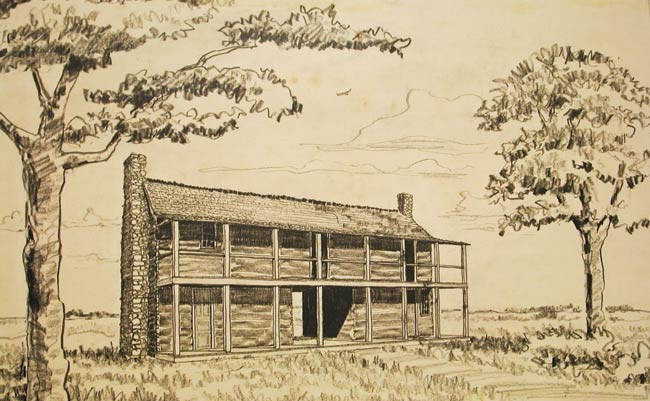 Sappington became very rich as result. In ten years, he had amassed $1 million in sales … about $30 million in today’s dollars. Yet it didn’t change his lifestyle; the Sappingtons still lived in the simple log cabin they built when they arrived in Missouri decades earlier.
Sappington became very rich as result. In ten years, he had amassed $1 million in sales … about $30 million in today’s dollars. Yet it didn’t change his lifestyle; the Sappingtons still lived in the simple log cabin they built when they arrived in Missouri decades earlier.
Then Dr. Sappington did something astonishing. He wrote a book called “Theory and Treatment of Fevers” (the first medical book ever published west of the Mississippi River) in which he told the general public how to make their own quinine pills. Thousands of people did, too, drying up the market for Sappington’s product. But the good doctor didn’t mind … he had provided for his family, he said, now it was time to share with others.
That generosity was again displayed shortly before his death in 1856 when he created the Sappington School Fund to educate needy students. Incredibly, it’s still in existence 160 years later as a college scholarship program.
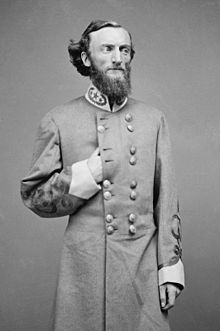 Sappington was actively involved in politics. Two sons-in-law were Missouri governors before the Civil War. Grandson John Sappington Marmaduke was a Confederate general and also served as governor in the 1880s.
Sappington was actively involved in politics. Two sons-in-law were Missouri governors before the Civil War. Grandson John Sappington Marmaduke was a Confederate general and also served as governor in the 1880s.
There are no impressive monuments to Sappington today. His name doesn’t rank with medical heroes such as Jonas Salk or Alexander Fleming, but it deserves to. His tiny brick medical office is a museum in Arrow Rock, but it is his only memorial.
It’s a pity Americans don’t remember the man who found the treatment scoffers said was an impossibility, who made sure that treatment helped as many people as possible, and who wound up giving away much of the money he made to those who needed a helping hand.
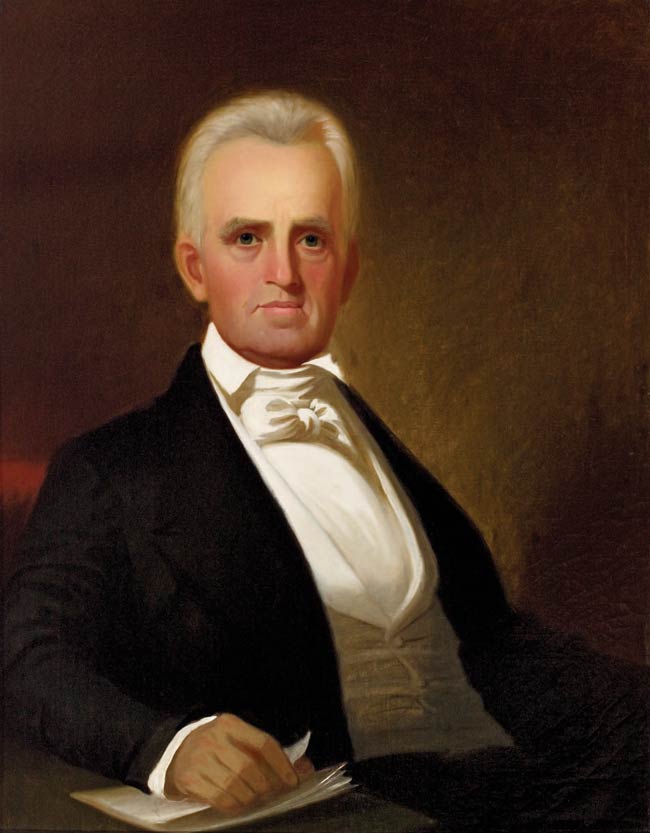 There’s no better way to fulfill the words of the famous oath every doctor takes, “May I always act so as to preserve the finest traditions of my calling …”
There’s no better way to fulfill the words of the famous oath every doctor takes, “May I always act so as to preserve the finest traditions of my calling …”
Did you find this enjoyable? Please continue to join me each week, and I invite you to read Tell it Like Tupper and share your review!
Curious about Tell It Like Tupper? Here’s a chance to see for yourself. Take a sneak peek at a couple chapters in this free downloadable excerpt.


I love this “who’s heard of this before?” kind of story. I love this kind of stuff ! thanks
Thanks, Carl. Glad you enjoy it. I’ll keep ’em coming!